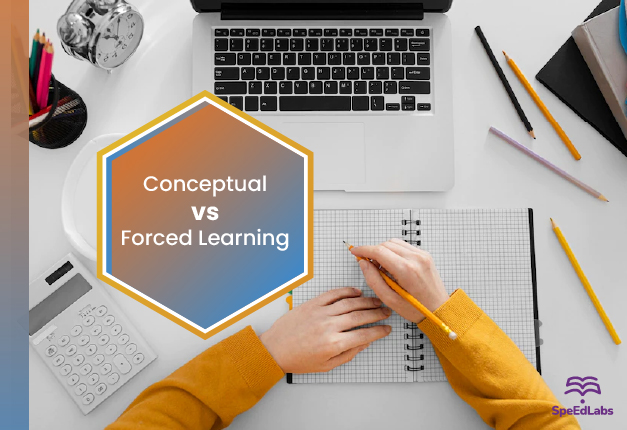Despite their differences in personalities and interests, the majority of people who are still alive today in our culture attended the same schools as their neighbors and friends. They were divided into age groups, instructed on what they were expected to know, tested to confirm their understanding, and made to feel ashamed if their knowledge exceeded or fell short of that of the group they were required to “learn” with. This system not only completely contradicts the way that kids learn best, but it also paves the way for several unfavorable outcomes.
Sometimes the damage is plain to see.
Maybe you have a kid who is not happy in school. Or if you are a student, you are just not enjoying school.
Alternatively, perhaps you have noticed that your toddler no longer exhibits the same level of curiosity and creativity that you saw in them before they entered school.
Nevertheless, don’t you think that this type of learning is harmful? Shouldn’t we rather encourage conceptual understanding and creative thinking?
We want the knowledge we teach our students to stick with them and help them understand complexity both now and in the future. To make this happen, we must encourage students to learn concepts—universal ideas that cut across space, time, and circumstance—rather than just facts and skills.
It is easy to spot details but difficult to see patterns when learning knowledge and skills, much like when you’re standing in the middle of a forest surrounded by trees. Students need chances to climb to the mountaintop, stop, and survey the entire forest to think conceptually. They require the chance to look for overarching concepts—to generalise, condense, and draw conclusions by viewing their learning as a whole.
This is where conceptual learning comes into play.
Conceptual Learning: What is it?
Students need to be able to use their knowledge in the situation they are in at the time. Because of this, conceptual learning is the best path to a successful education. At its core, conceptual learning gives students the ability to draw on what is significant or what they have just learned to better understand new concepts.
When teachers and students have a strong understanding of the concepts, how they are related to one another, and a few models of each idea, they begin to build their very own exemplar that will allow them to reach resolutions on any problem statements throughout their career.
Conceptual learning also helps with retention because it links information and processes taught through comprehension, making them easier to remember, apply, and recreate if forgotten.
However, there are various methods and ways to achieve a conceptual understanding.
Nevertheless, to achieve conceptual learning goals, using an audio-visual tool is fantastic. Even though a straightforward audio-visual approach is not the solution in and of itself, it can be a useful tool in the hands of the teacher. They can use it to effectively convey a variety of mathematical and scientific ideas. Higher education requires that students be able to put their knowledge to use. Through conceptual learning, they can use what they have learned to apply it to fresh subjects. It helps instructors and students gain a thorough understanding of how ideas relate to one another. It assists teachers and students in developing a thorough understanding of how concepts interact with one another and in creating an exemplar that will empower them throughout their careers.
Benefits of Conceptual Learning
The following are some benefits of conceptual learning:
- Encourages conceptual comprehension as opposed to memorization.
- Through conceptual learning, which is flexible and allows for continuous improvement, knowledge is imparted and learning is ensured.
- Assists in focusing on the outcome of the learning process
- Aids in the correlation of new information to previous knowledge, resulting in improved information retention.
- Because content changes all the time but concepts do not, conceptual learning advances in terms of content but not in terms of the fundamental concept.
We can assist students in creating understanding, facilitating the transfer, and increasing their sense of agency by purposefully designing learning activities that require them to switch between the factual and conceptual levels of thinking.
When students and teachers have a conceptual understanding of the concepts and their relationships to one another, they can begin to build their examples, which will allow them to solve any problem throughout their careers.
Also published on Medium.
